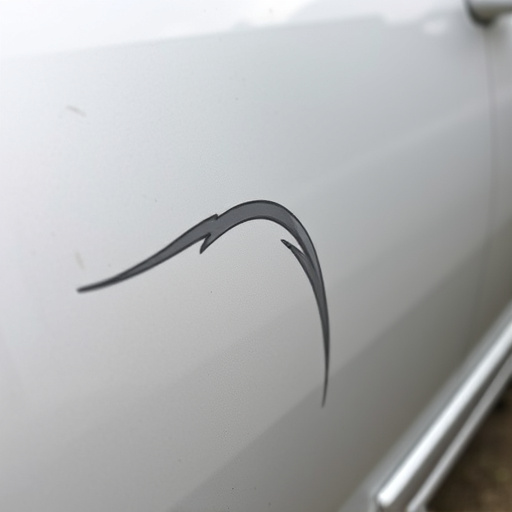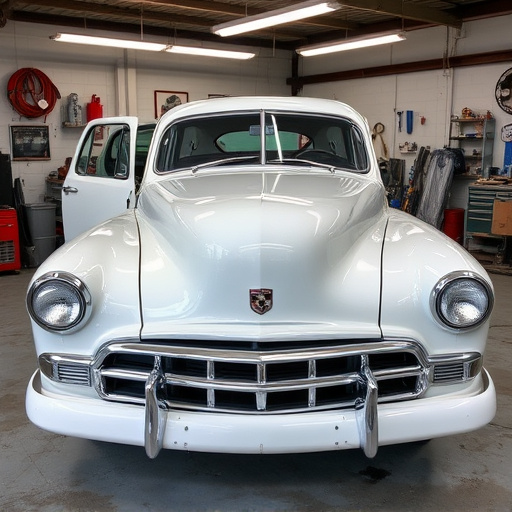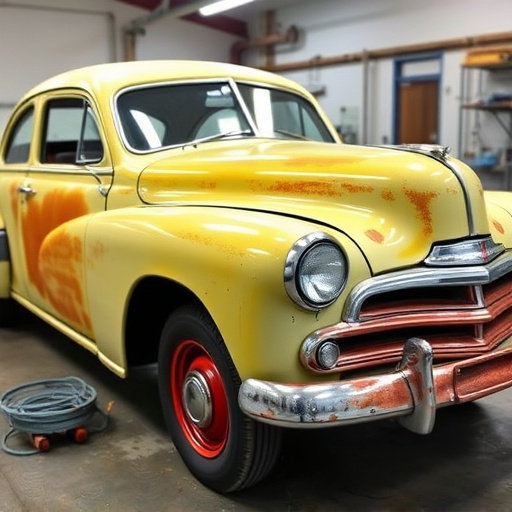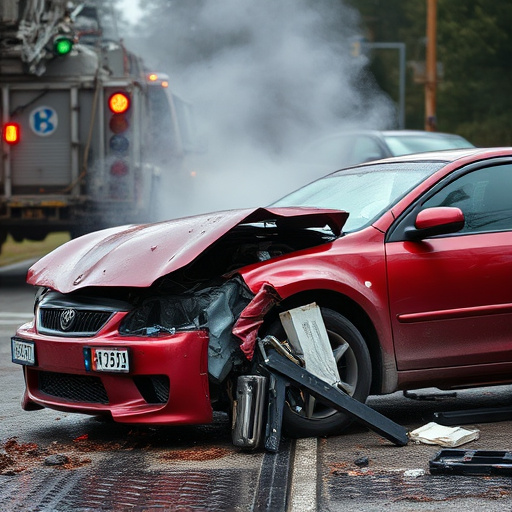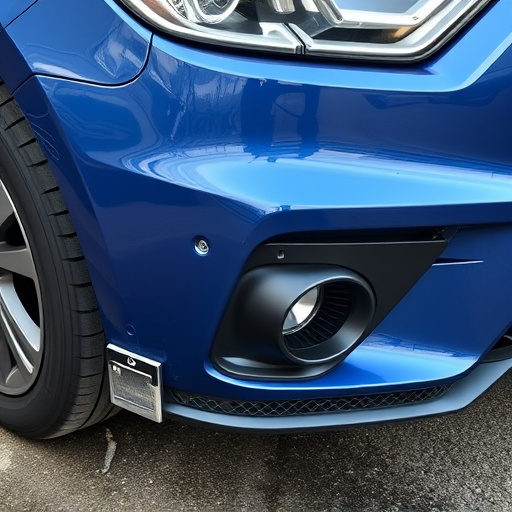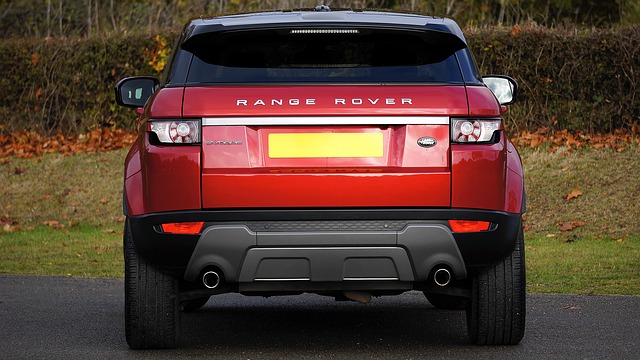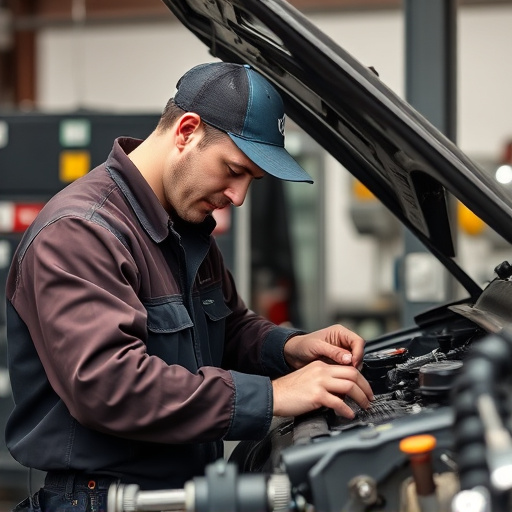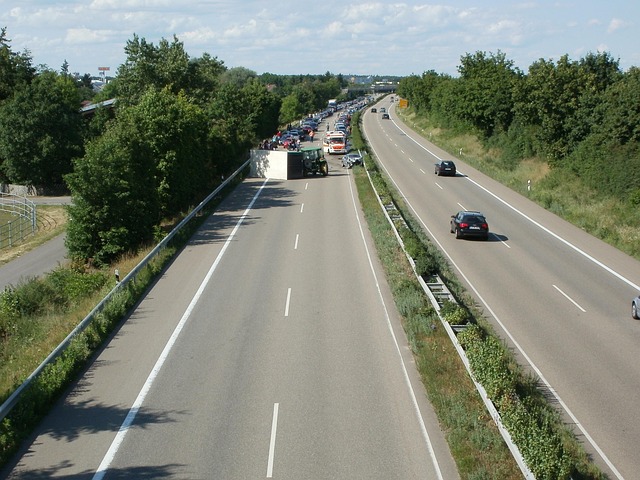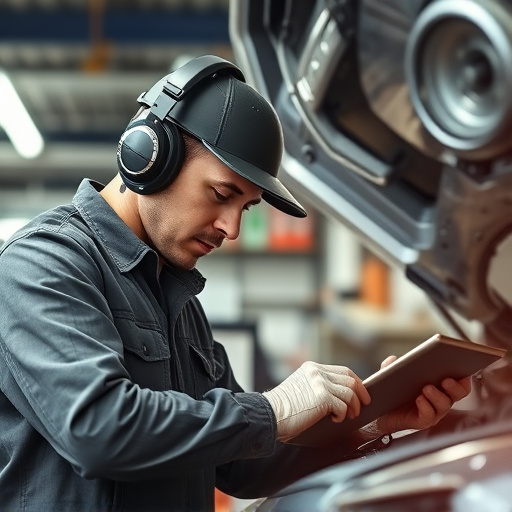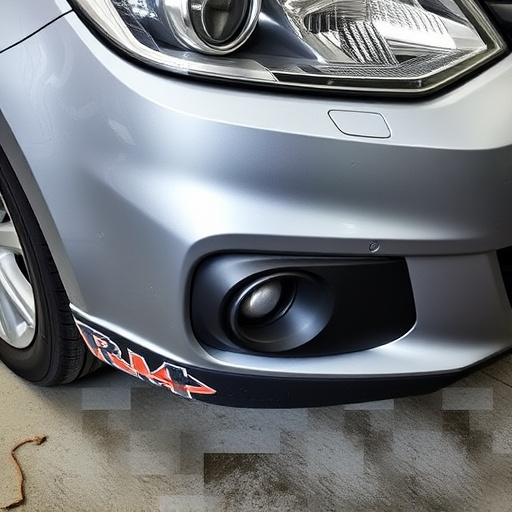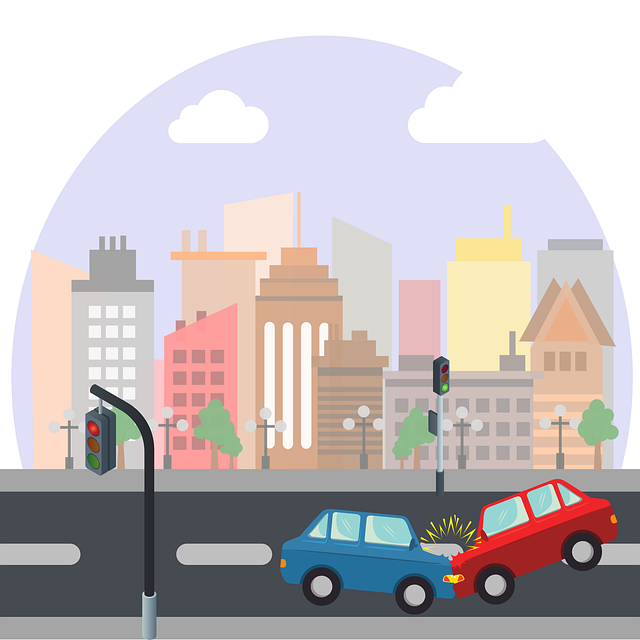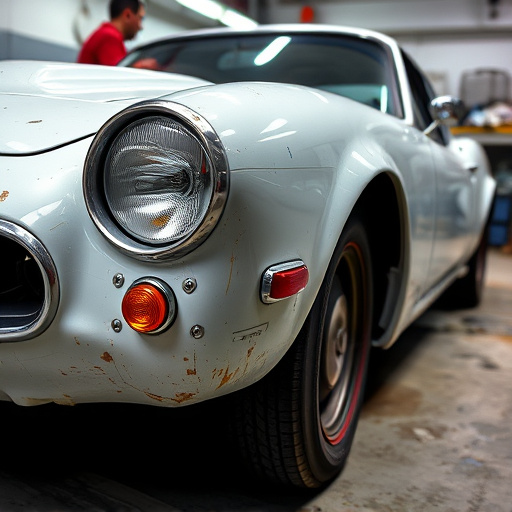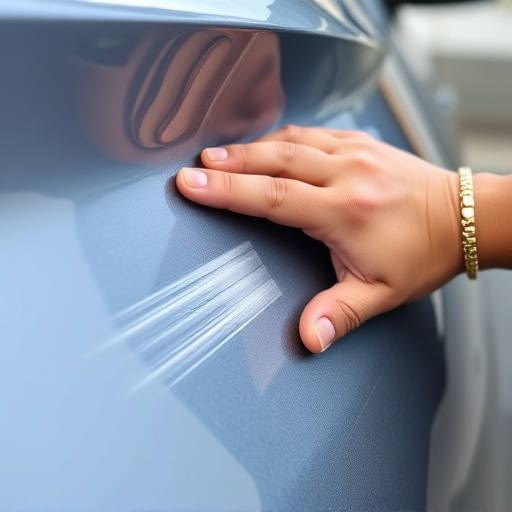Tesla's advanced suspension systems offer a balance between comfort and stability, crucial for safety and handling. Regular alignment checks and adjustments are vital to preserve tire lifespan, reduce body roll, and maintain vehicle performance. The Lane Keeping Assist (LKA) system relies on accurate suspension alignment, which can be affected by uneven wear or collisions. Regular visits to trusted auto repair shops ensure optimal configuration for ADAS, enhancing safety and driving experience, even post-collision.
Tesla’s advanced suspension systems play a pivotal role in enhancing driving dynamics and safety, especially with features like Lane Keeping Assist. This article delves into the fundamentals of Tesla suspension alignment, explaining how it keeps vehicles stable and centered in their lanes. We explore the inner workings of Lane Keeping Assist and provide practical tips for optimizing performance through careful alignment adjustments, ensuring a seamless and secure driving experience.
- Understanding Tesla Suspension Alignment Basics
- How Lane Keeping Assist Works in Teslas
- Optimizing Performance: Tips for Alignment Adjustments
Understanding Tesla Suspension Alignment Basics
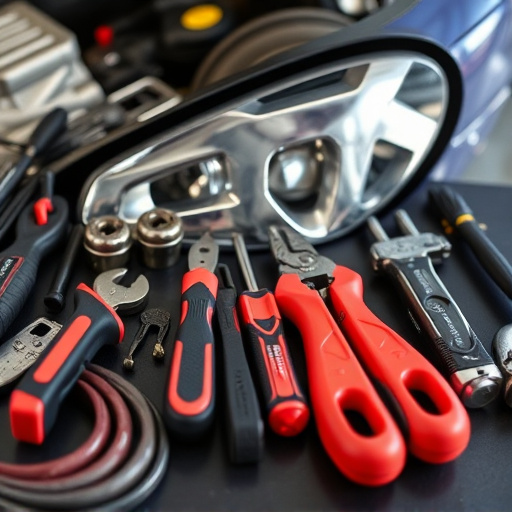
Tesla’s advanced suspension systems play a pivotal role in providing both comfort and stability on the road. At its core, Tesla suspension alignment involves meticulously calibrating various components to ensure optimal vehicle handling and ride quality. This process includes adjusting the camber, toe, and caster angles of each wheel, which collectively impact how your Tesla interacts with the road surface.
Proper alignment is crucial for maintaining tire lifespan, enhancing safety, and contributing to a responsive driving experience. A well-aligned Tesla can navigate turns more precisely, reducing the risk of spinouts or skids. Moreover, it minimizes body roll, enhancing cornering capabilities. Regular checks and adjustments, often recommended after minor fender benders or auto body services, are essential to preserve these settings, ensuring your Tesla delivers both performance and reliability on every drive.
How Lane Keeping Assist Works in Teslas
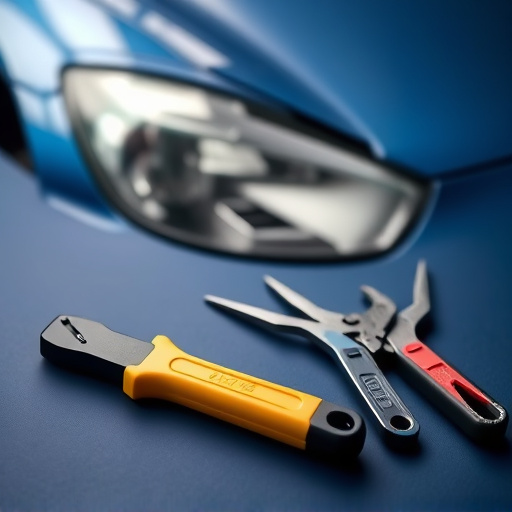
The Lane Keeping Assist (LKA) system in Teslas is a sophisticated technology designed to enhance safety and driving experience. It uses cameras mounted at the front and rear of the vehicle to monitor road markings and lane boundaries, detecting any deviations from the intended path. When the system detects that a Tesla is drifting out of its lane without an active turn signal, it gently steers the car back towards the center, providing subtle corrections throughout. This feature not only assists drivers but can also prevent accidents caused by unintentional lane departures.
The effectiveness of LKA relies heavily on accurate Tesla suspension alignment and proper vehicle setup. Regular maintenance and visits to a trusted auto repair near me or collision center for frame straightening ensure that the car’s suspension components are aligned correctly, allowing the cameras to capture clear images of road markings. This optimal configuration is crucial for the seamless operation of advanced driver-assistance systems (ADAS), including LKA, ultimately contributing to safer and more secure driving.
Optimizing Performance: Tips for Alignment Adjustments
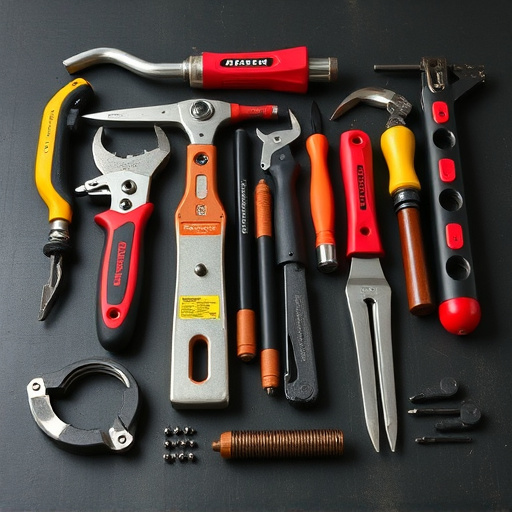
Optimizing Tesla suspension alignment can significantly enhance your vehicle’s performance and safety, especially when navigating winding roads or maintaining a steady lane. Regular checks and adjustments are key to ensuring your car handles precisely as designed. Here are some tips for maximizing alignment: Start by inspecting the tires for signs of uneven wear, which could indicate misalignment. Even slight imbalances can affect handling and fuel efficiency. If you’ve been in a fender bender or experienced a dent repair, it’s crucial to have your suspension alignment checked immediately, as these events can disrupt the car’s original specifications.
Beyond visual inspections, utilize advanced sensor technology available on modern Teslas to gauge alignment issues. The vehicle itself can notify you of any discrepancies through warning lights on the dashboard. When making adjustments, consider not just the front but also the rear suspension components. A balanced setup ensures your Tesla remains stable at high speeds and responsive in tight corners, ultimately enhancing your overall driving experience and safety on the road, even after a vehicle collision repair if necessary.
Tesla’s suspension alignment and lane-keeping performance are key aspects that contribute to a smooth, safe, and enjoyable driving experience. By understanding the fundamentals of suspension alignment and how Tesla’s lane-keeping assist system works, owners can make informed adjustments to optimize their vehicle’s handling. Regular maintenance and fine-tuning these settings ensure maximum safety, stability, and control while navigating both everyday commutes and winding roads.


